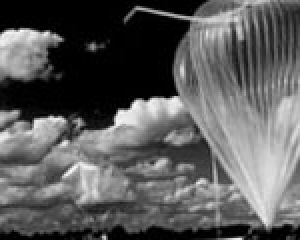1994 - 2003

Diode lasers, which are widely used in optical communications technology, also offer fascinating possibilities for rapid in-situ process analysis. At Heidelberg University's Institute of Physical Chemistry (PCI), the specific advantages of diode lasers have been used for rapid real-time gas analysis to monitor and control industrial processes in order to reduce pollutant emissions. Of particular interest in environmental analysis is the sampling-free detection of trace gases in the free atmosphere. For example, water in the stratosphere is presumably produced from methane as an effective greenhouse gas. In order to understand the formation and effect of these greenhouse gases, methane and water were measured in the stratosphere up to an altitude of 32 km using a newly developed balloon-supported TDLAS (Tunable Diode Laser Absorption Spectroscopy) spectrometer.
Head of research:
Prof. Dr. Jürgen Wolfrum
Employee:
Dr. Andreas Schulz
Contact:
Physikalisch-Chemisches Institut
der Universität Heidelberg
Im Neuenheimer Feld 253
69120 Heidelberg
Telefon 0 62 21/54 84 63
Telefax 0 62 21/54 42 55

